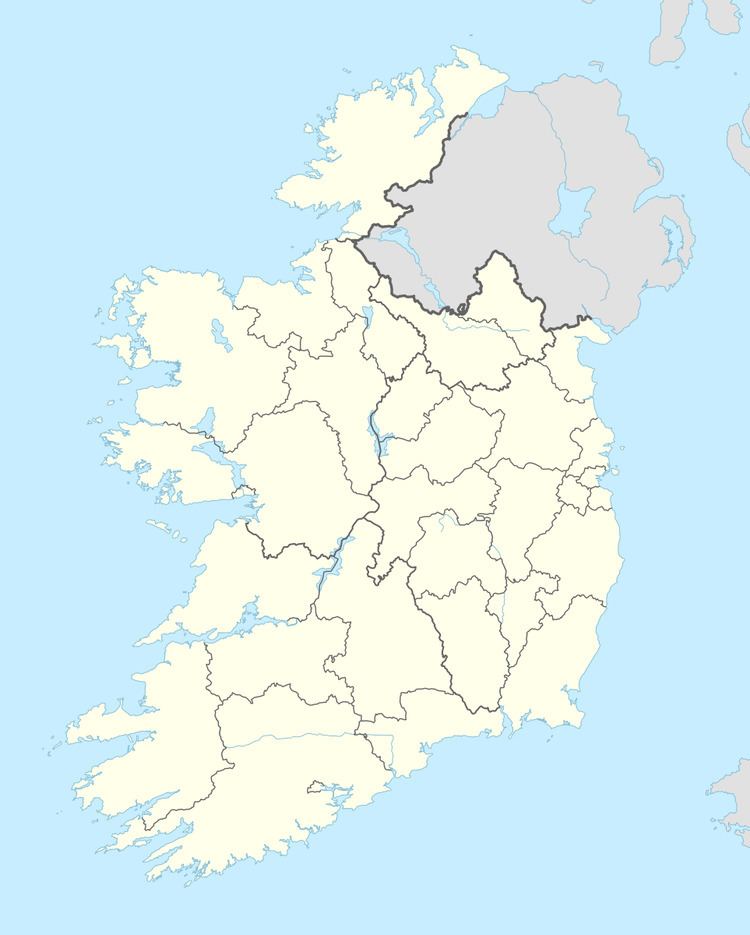Reference no. 328 | Elevation 383 m (1,257 ft) | |
 | ||
Built passage grave: c. 3500–3000 BChillfort: c. 1000 BC | ||
Rathcoran is a passage grave and hillfort and National Monument located atop Baltinglass Hill, County Wicklow, Ireland.
Contents
Location
Rathcoran is located atop Baltinglass Hill, 2 km (1.2 mi) east-northeast of Baltinglass, overlooking the River Slaney.
History
The passage grave is thought to be contemporaneous with Newgrange, i.e. it was built 3500–3000 BC, during the Neolithic.
The site was excavated in 1934–36 by P. T. Walshe, revealing evidence of the cremations of at least 3 adults and a child. Fragments of quartz unearthed during the excavation suggest that it was used for decoration. Carbonised hazelnuts, wheat grains and a saddle quern point to the extent of local climate change: in Neolithic Ireland, the climate was drier and warmer, County Wicklow's glens were densely wooded, and farmers could grow crops at altitudes above 300 m (980 ft).
Five hillforts surround Baltinglass. Rathcoran, atop Baltinglass Hill is dated to 1000 BC or slightly earlier: during the Bronze Age. The name is from the Irish Ráth Cuaráin ("Cuarán's ringfort"), but this name is doubtful: the original name could be Ráth Charnáin, "ringfort of the cairn."
Passage grave
The passage tomb survives as a multi-period kerbed cairn with a diameter of 27 m (89 ft), underneath which are five structures:
The finds from the site include the cremated bones of at least three adults and one child, flint scrapers, Carrowkeel pottery and bone pins. Finds from beneath the cairn included a stone axe, a flint javelin-head, scrapers, an egg-shaped stone, carbonised wheat grains and hazelnuts. A saddle quern was also found in the cairn.
Hillfort
The Rathcoran hillfort, a bivallate ringfort, is at the top of Baltinglass Hill, and surrounds the cairn. Stones from the cairn were moved to miake a protective wall. It has a double rampart and perhaps was intended to have a third, which is incompleted. It encloses a roughly oval shape, around 400 m (440 yd) at its widest point.
